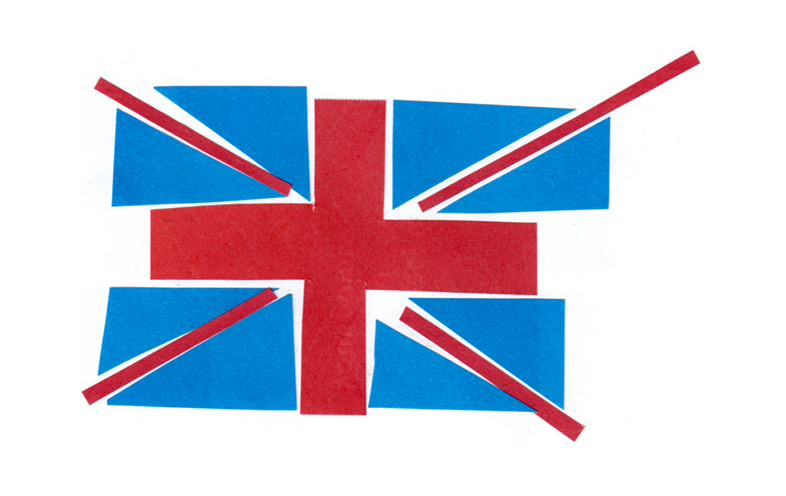Week 1 Brexit as symptom: understanding the political geography of the vote
Introduction
A referendum on the UK’s membership of the European Union (EU) was held on 23 June 2016 and 52% of those who voted recorded a vote to leave, while 48% voted for the UK to remain a member. The result came as a shock to governing elites both in the UK and in Europe and it led to the resignation of the previously unassailable Prime Minister, David Cameron, and his Chancellor of the Exchequer, George Osborne. They both also soon stood down as MPs.
Political debate around the nature of the campaign (the promises made and the strategies employed) and about the implications of the vote have been fierce in the period since it was held. The fault line between Remainers and Leavers is one that reflects different conceptions of the UK and its future. But in this course the aim is to highlight some of the geographical differentiation that was apparent in the vote, and link these voting trends to the underlying social, economic and political relations that shape them.
Studying the Brexit vote will allow you to reflect on the different identities – and nations – that come together (often rather uneasily) to make up the UK. Whatever your opinion on Brexit, a deeper knowledge of these underlying trends will be invaluable in trying to understand the long-standing divisions and bonds that cut across the UK. They will continue to shape its future in years to come.
By the end of this week, you will be able to:
- identify the geographical patterns of voting expressed in the 2016 referendum, particularly as reflected in regional outcomes within England and differences across the territories and nations of the UK (England, Northern Ireland, Scotland and Wales)
- use tables of statistical data effectively
- interpret maps and understand the significance of the different ways in which they may be put together.
